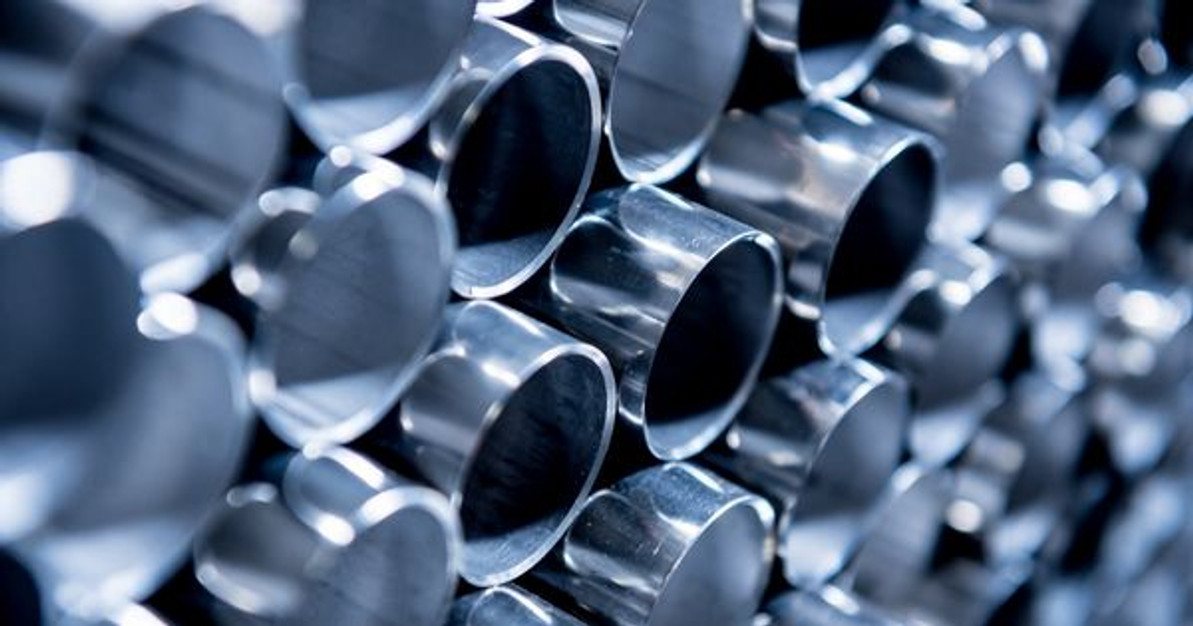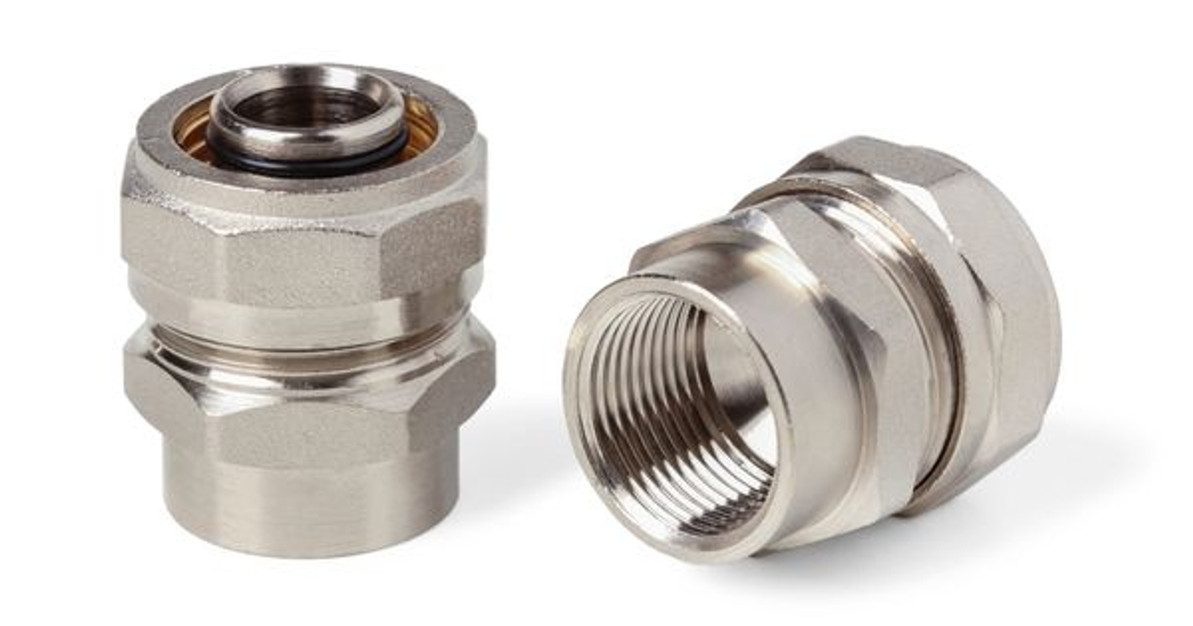 Nov 22nd 2017
Nov 22nd 2017 Stainless Steel Tubing: Taking Care Of Your Stainless Steel At Home

It’s clear to our readers that Chemseal is more or less obsessed (or at least passionate) about all things related to stainless steel. While the stainless steel on your kitchen appliances is a little bit different than what we use in our hygienic piping designs, you’ll still find the same basic materials. The stainless steel grades that we typically use are very high-quality, able to stand the test of time by resisting corrosion and keeping things sanitary.
Take Pride In Your Stainless Steel Appliances
Why not learn more about stainless steel, a material commonly seen in modern households, and how to get more out of it? Shiny, well-maintained stainless steel really brings a sparkle to kitchens around the world, and as we all know, the kitchen acts as the heart and soul of just about any home. So, take your home to the next level by knowing how to properly clean and maintain your stainless steel appliances. That’s what Chemseal Inc. is going to briefly touch on in today’s blog post!
For other Chemseal products like stainless steel tubing, sanitary tubes of many different sizes and other sanitary steel fittings, our integral solutions provider has exactly what your manufacturing operations needs.
Using Water To Clean Stainless Steel
Obviously, the specialists at Chemseal approach hygienic piping design guidelines to include the use of special chemicals to keep our stainless steel fittings sanitary. However, for at-home appliance cleaning, warm water and a cloth will accomplish most routine cleaning without a hitch. Begin by simply drying the surface of the stainless steel with a towel or cloth to prevent water spots from forming. This is very important because minerals in water can leave permanent marks on the stainless steel.
Consider using a microfiber cleaning cloth when wiping down stainless steel because they tend to absorb all of the water and, at the same time, will not scratch the surface.
Using Glass Cleaner For Fingerprints
Glass cleaner or standard household ammonia works to get rid of pesky fingerprints on stainless steel surfaces. Spray the cleaner on a microfiber cloth and wipe the area in a circular motion. Repeat the process as needed, rinse the area thoroughly when you’re done and towel dry it to finish things off. This should leave your stainless steel appliance shiny and fingerprint-free.
Stainless Steel Cleaners
Contrary to popular belief, stainless steel can actually develop stains (we know, now your reality has shattered and now you’re going to question everything). To remove minor stains, scratches or to just restore some of the lustre of your stainless steel appliances, there are certain cleaners on the market that are solely dedicated to cleaning and maintaining stainless steel. Before you dive in and hastily clean your stainless steel, make sure to read the instructions and test a small area in an inconspicuous spot. When you’re done, make sure to rinse the area thoroughly and towel dry it.
Questions For The Stainless Steel Experts?
If you have a large-scale manufacturing operation and you need the right hygienic piping design and sanitary stainless steel fittings to make the job as safe and risk-free as possible, Chemseal Inc. has the right parts. Shop our collection of sanitary tubing today!
 Nov 22nd 2017
Nov 22nd 2017 Recent Posts
-
Nov 7th 2022
What Is Food-Grade Stainless Steel Tubing?
Businesses that produce food and beverage products must operate hygienically. Sterile environments a …Nov 7th 2022
-
Oct 11th 2022
Why Sanitary Fittings Are Important for the Medical Industry
Sanitary fittings are useful for many industries. Food and beverage manufacturers have used these to …Oct 11th 2022
-
Sep 23rd 2022
What Is the Max Operating Temperature for Stainless Steel?
Stainless steel is valued in many industrial applications because it’s capable of withstanding high …Sep 23rd 2022





